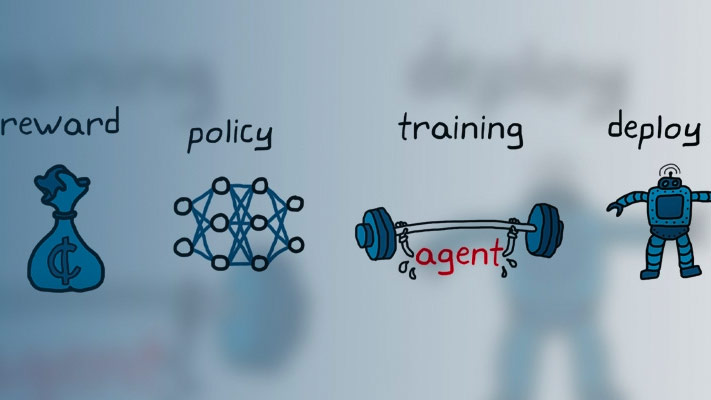Policies and Value Functions
A reinforcement learning policy is a mapping that selects an action to take based on observations from the environment. During training, the agent tunes the parameters of its policy representation to maximize the long-term reward.
Reinforcement Learning Toolbox™ software provides objects for actor and critic representations. The actor represents the policy that selects the best action to take. The critic represents the value function that estimates the value of the current policy. Depending on your application and selected agent, you can define policy and value functions using deep neural networks, linear basis functions, or look-up tables. For more information, seeCreate Policy and Value Function Representations.
Functions
Topics
Create Policy and Value Function Representations
年代pecify policy and value function representations using function approximators, such as deep neural networks.
You can import existing policies from other deep learning frameworks using the ONNX™ model format.

